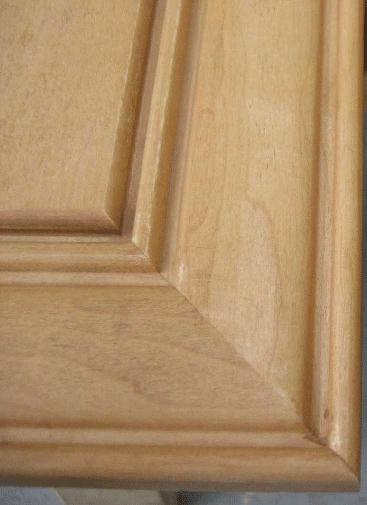Question
Ok guys I'm a finisher/chemist not a wood technologist. I know I’ve heard the term ticking before but I’m at a loss to what it is as to wood feature(s). Does anyone have a photo of wood ticking to view? If so it would be appreciated just for knowledge sake. This is in reference to another post where dye is causing problems with the ticking.
Forum Responses
(Finishing Forum)
From contributor G:
I did a quick Google search for "wood ticking". It is the mottled look that finishers strive to overcome. Interestingly enough, it seems to be a desirable feature for manufacturers of imitation wood products. I guess it makes the plastic look more like real wood.
An easy way to understand ticking is to stain a piece of maple and then use a solvent to wipe the stain off. You'll see where the pigments have lodged into the texture of the wood. It's not uniform. There will also be areas where the wood is fuzzy or has variations in density that produce a blotchy look, but ticking is all the uneven coloring that aligns more closely with the grain structure. On lighter colored stained finishes especially, ticking is as unappealing as blotchiness.
I tried to find any reference to ticking and blotching/mottling/splotching using search engines but could not find any. I couldn't find anything that tied ticking to mottling that was referred to. I did find some mention where manufacturers of laminate and flooring products do their best to recreate the texture of wood (ticking) to give their product a more realistic appearance.
Figured woods, like quilted maple, are a different subject altogether. When the figuring is repetitive, it's given a name like curly, quilted, tiger stripe, etc. to set it apart as a unique piece of wood with unique character. Finishers usually use a dye on these woods (and possibly glaze(s)) instead of pigmented stains to enhance the figure.
